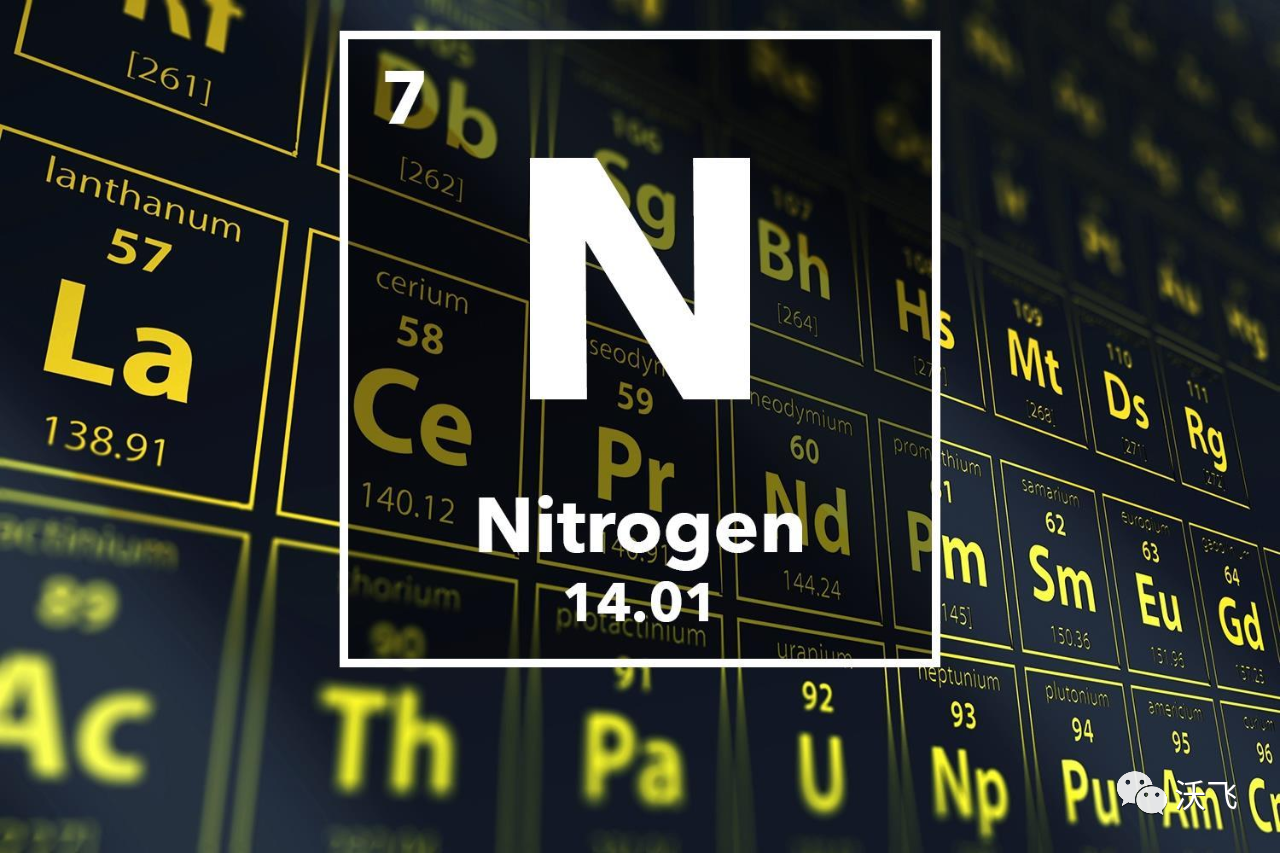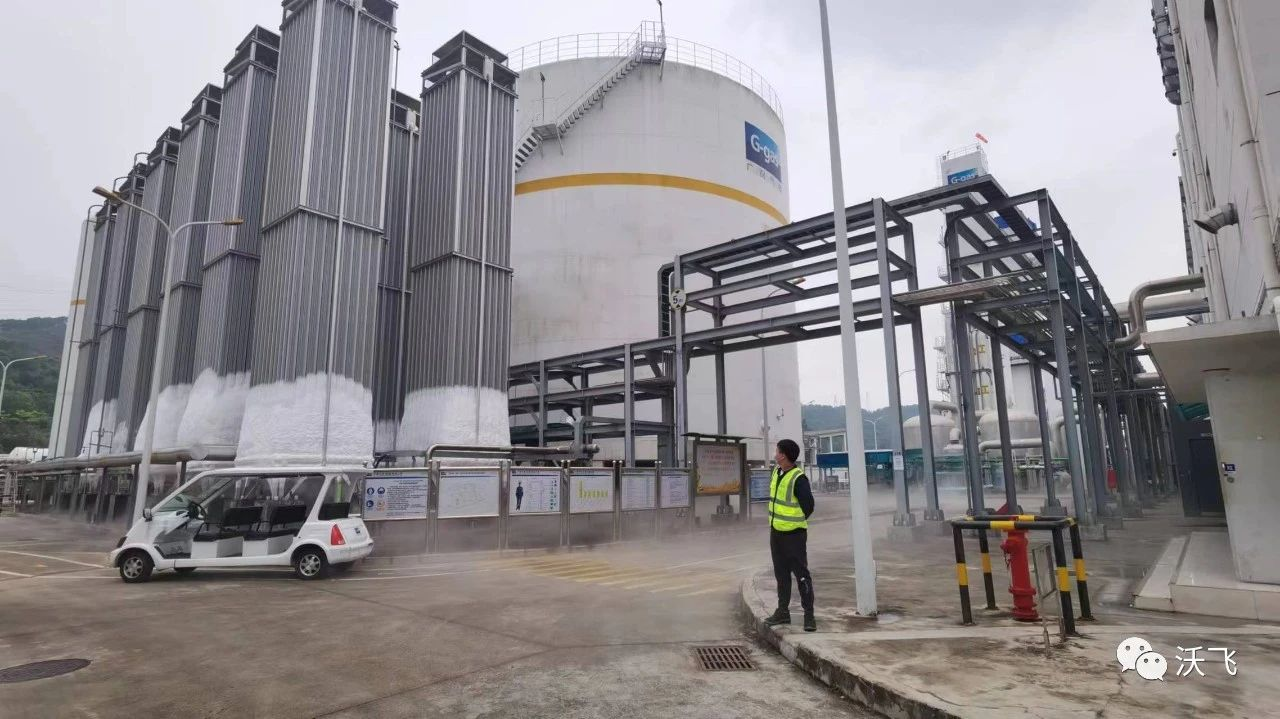Reinheitsstufen von Stickstoff für verschiedene industrielle Anwendungen!
Aufgrund seiner träge Natur kann Nitringsgas in einer Vielzahl von Reinigung-, Überlagerungs- und Spülvorgängen verwendet werden. Abhängig vom Art des Prozesses werden unterschiedliche Stufen der Nitrinhreinheit benötigt, um spezielle Fertigungsanforderungen zu erfüllen.
Was ist Stickstoffreinheit?
Die Stickstoffreinheit ist der Prozentsatz an Stickstoff in einer Probe, die aus seinem Strom genommen wurde, im Vergleich zu den darin enthaltenen Verunreinigungen. Stickstoff kann je nach Verhältnis von reinem Gas zu Schadstoffen wie Sauerstoff, Wasserdampf, Kohlenmonoxid und Kohlendioxid als hoch oder niedrig rein klassifiziert werden.
Diese Klassifizierung basierend auf der Stickstoffkonzentration spielt eine Schlüsselrolle bei der Ermittlung der Geeignetheit von Stickstoff für jegliche industrielle Prozesse.
Hochreiner versus niedrigreiner Stickstoff
Die Reinheit einer Stickstoffprobe wird durch den Prozentsatz/Konzentration des reinen Stickstoffs bestimmt. Damit ein Gas als hochrein eingestuft wird, muss es mindestens 99,998 % Stickstoff enthalten, während Stickstoff mit geringerer Reinheit typischerweise einen höheren Anteil an Verunreinigungen aufweist.

Hochreiner Stickstoff
Gasförmiger Stickstoff mit einem Gehalt über 99,998 % wird als Hochreinheit-Fraktion betrachtet. Hochreiner Stickstoff kann von verschiedenen Herstellern auf verschiedene Weise eingestuft werden, wird aber meist als "Null-Grad"-Fraktion angesehen. Null-Grad-Hochrein-Stickstoff wird so klassifiziert, weil er weniger als 0,5 Teile pro Million an Kohlenwasserstoffverunreinigungen enthält.
Andere wesentliche Charakteristiken von hochreinem Stickstoff sind:
Sauerstoffkonzentration ≤ 0,5 ppm
Kohlenmonoxid/Kohlendioxid nicht mehr als 1,0 ppm
Feuchtigkeit nicht höher als 3 ppm
Niedrigreiner Stickstoff
Stickstoff mit einer Reinheit von 90 % bis etwas unter 99,9 % wird als niedrigrein betrachtet.
Reinheitsklassifizierung von Stickstoff
Die Einteilung von reinem Stickstoff erfolgt durch ein Stufensystem, das Zahlen innerhalb jeder niedrigsten Reinheitsstufe verwendet. Die erste Zahl jeder Stufe bezieht sich auf die Anzahl der "Neunen", die darin enthalten sind, während die zweite Zahl die Zahl nach den letzten Neunen darstellt.
Reinheitsgrade von Stickstoff werden als N2.0, N3.0, N4.0, N5.0, N6.0 und N7.0 kategorisiert.
Was ist ultrahochreiner Stickstoff?
Ultrahochreiner Stickstoff ist Stickstoff mit einer Konzentration von 99,999 % und vernachlässigbaren Verunreinigungen. Die Spezifikationen für Stickstoff sind streng, und Abweichungen machen die Klassifizierung ungültig.
Das Gas darf nicht mehr als zwei Teile pro Million Volumen (ppmv) Sauerstoff, 0,5 Teile pro Million Volumen an Gesamthydrocarbons und ein Teil pro Million Volumen Feuchtigkeit enthalten. Stickstoff wird häufig für wissenschaftliche Anwendungen verwendet.
Was ist sauerstofffreier Stickstoff?
Sauerstofffreier Stickstoff (OFN) ist definiert als gasförmiger Stickstoff, der nicht mehr als 0,5 Teile pro Million (ppm) Sauerstoff enthält. OFN-Gase haben normalerweise eine Reinheit von 99,998 %. Diese Stufe von Stickstoff wird in wissenschaftlichen Forschungen und Kalibrierungsprozessen eingesetzt, bei denen Sauerstoffverunreinigungen die Ergebnisse verändern oder zu falschen Ergebnissen führen könnten.

Stickstoffreinheitsstufen nach Branche/Anwendung
Wie oben erwähnt, unterscheidet sich die benötigte Konzentration an Stickstoff für verschiedene industrielle Prozesse erheblich. Der entscheidende Faktor bei der Auswahl einer Stickstoffqualität ist die Wirkung von Verunreinigungen auf die gewählte Anwendung. Die Empfindlichkeit gegenüber Feuchtigkeit, Sauerstoff und anderen Schadstoffen sind Schlüsselfaktoren, die berücksichtigt werden müssen.
Speisestoffgrad Stickstoff / Getränkengrad Stickstoff
Stickstoff wird häufig in verschiedenen Schritten der Lebensmittel-/Getränkeproduktion, -verpackung und -lagerung eingesetzt. Stickstoff in der Lebensmittelverpackung und -verarbeitung dient dazu, die Haltbarkeit von verarbeiteten Lebensmitteln/Getränken durch das Entfernen von Lebensmitteloxidanten, Erhalt des Geschmacks und Verhinderung von Rancidität zu gewährleisten. Die erforderliche Reinheit für Speisestoffgrad-Stickstoff liegt normalerweise im Bereich von 98-99,5 %.
Pharmazeutischer Grad Stickstoff
Herstellungsprozesse für Arzneimittel erfordern eine hohe Reinheit, um Kontamination und Veränderung des Endprodukts zu verhindern. Viele Arzneimittel benötigen hochreines Stickstoff mit Reinheiten zwischen 97-99,99 %. Dieser hoch- bis ultrahochreine Stickstoff wird verwendet, um Stickstofftanks, Behälter und andere Geräte zur Herstellung von Medikamenten abzudecken.
Hochreiner Stickstoff wird auch in der Verpackung von Arzneimitteln verwendet, um die Frische aufrechtzuerhalten und die Verschlechterung der Wirkstoffe zu verhindern.
Gasförmiger Stickstoff mit einer Reinheit von 95-99 % wird in der Öl- und Gasindustrie eingesetzt, um das Feuer- und Explosionsrisiko während des Prozesses zu reduzieren. Durch Inertisieren von Chemiekraftstofftanks und Auswaschen von Pipelines mit gasförmigem Stickstoff wird das plötzliche Entzündungsrisiko ihrer Inhalte minimiert.
Pipelineserviceunternehmen verwenden oft gepressten Stickstoff für Pipeline-Reinigung und -Stilllegungsprozesse.
Industrieller Stickstoffgrad Reinheit
Einige industrielle Anwendungen und deren Stickstoffgradanforderungen sind im Folgenden aufgeführt.
Elektronik- und Halbleiterherstellungsniveau Stickstoff
Typische Stickstoffanforderungen in der Elektronik- und Halbleiterherstellung liegen normalerweise bei mindestens 99,99-99,999 %. Einige Prozesse wie Teilebereinigung und Klebstoffüberzug verwenden geringere Konzentrationen an Stickstoff (95-99,5 %).
Kunststoffherstellungsniveau Stickstoff
Die Anforderungen an den Stickstoffgrad für die Kunststoffsynthese liegen bei 95-98 % für die Spritzgusstechnik, 99,5 % für gasunterstützten Spritzguss und 98-99,5 % für die Gebläsefolienextrusion.
Metallbearbeitungsgrad Stickstoff
Der Stickstoffgehalt des Metallbearbeitungsgrades variiert stark, von 95-99 % für die Wärmebehandlung bis zu 99-99,999 % für den Laserschneidprozess.
Stromerzeugungsgrad Stickstoff
Für Stromerzeugungsprozesse wie Luftdichtungsspülung, Kesselverkleidung, Erdgasleitungsspülung und Wasserweichlagerverschlingung wird ein Stickstoff im Bereich von 95-99,6 % benötigt.
 EN
EN
 AR
AR
 HR
HR
 CS
CS
 NL
NL
 FR
FR
 DE
DE
 IT
IT
 JA
JA
 KO
KO
 NO
NO
 PL
PL
 PT
PT
 RO
RO
 RU
RU
 ES
ES
 SV
SV
 TL
TL
 ID
ID
 VI
VI
 MT
MT
 TH
TH
 TR
TR
 AF
AF
 MS
MS
 AZ
AZ

